|
I joined Aramco as a Geophysicist from 2024. Before it, I was an associate professor at the Ocean University of China from 2023-2024. I was a Postdoc at Princeton University in Jeroen Tromp's and Frederik J. Simons' Research Groups (2020-2023). I received Ph.D. in Earth Science and Engineering from King Abdullah University of Science and Technology (KAUST), where I am advised by Gerard Schuster. My research interests lie in: (1) the application of 2D/3D elastic FWI to the land and marine surface seismic and VSP data, (2) the application of machine learning to seismic data processing and migration, and (3) 3D surface wave inversion and migration. I have spent time at Los Alamos National Laboratory for internship. I visited TOTAL for two weeks. Email  /  CV  /  Google Scholar  /  GitHub  /  LinkedIn  /  ORCID |

|
|
I'm interested in source encoded FWI, application of elastic FWI to the challenging seismic data, application of machine learning to seismic data processing and migration, 3D surface wave inversion, seismic forward modeling in frequency domain, superresolution imaging with surface waves, and natural migration of surface waves. Representative papers are highlighted. |
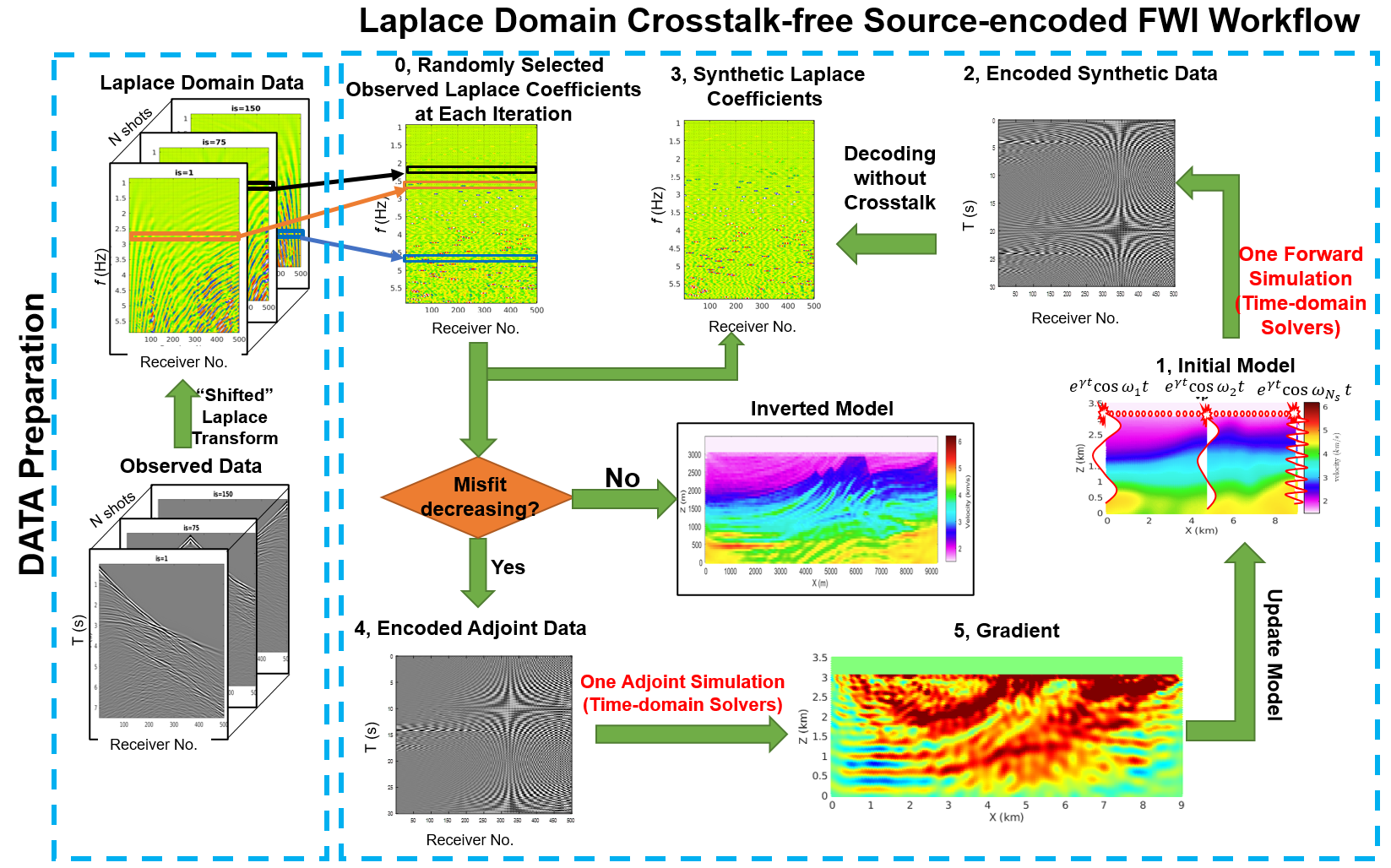 
|
Zhaolun Liu, Jurgen Hoffmann, Frederik J. Simons, Jeroen Tromp, Etienne Bachmann, and Congyue Cui Project Page SIAM Conference on Mathematical & Computational Issues in the Geosciences, 2023, (Oral Presentation) Geophysics, 2024 Elastic Full Waveform Inversion (FWI) is a state-of-the-art seismic imaging method that provides high-resolution subsurface images and yields additional information compared to purely acoustic approaches. However, an argument against using full-physics wave propagation is that it is computationally expensive. The need for vast computing power to conduct 3-D elastic FWI would seem to prevent its application to 3-D seismic data. Crosstalk-free source encoding remedies the runaway computational cost of full-physics FWI. It reduces the number of seismic sources by forming encoded super-gathers. The main drawback of the source-encoded FWI formulation arises from the difficulty of time windowing the modeled data when inverting only one or a few sparsely sampled frequencies at once. Yet, time windowing would allow for the selection of specific arrivals during the various stages of the inversion, which can effectively mitigate the nonlinearity of FWI. We propose the use of complex-valued frequencies through the Laplace transform for source-encoded FWI, in order to dampen arrivals starting at a given traveltime. In this talk, we will introduce the theory of Laplace-domain source-encoded FWI and demonstrate its effectiveness through numerical tests conducted on challenging seismic datasets collected onshore and offshore. |
 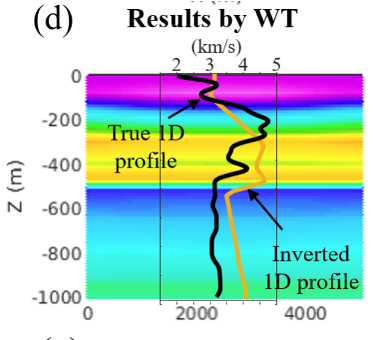
|
Zhaolun Liu, Yi Luo, and Ben Eppinger Project Page IMAGE (SEG), 2023, (Oral Presentation) Estimating the shallow wave speed model from land seismic data can be challenging due to the complexity of near-surface structures. When there is a significant velocity contrast or velocity reversal in the near-surface, the early arrivals at large offsets will be dominated by shingling events, while surface waves will dominate late arrivals at near offsets. It can be almost impossible to pick the first break of the shingling events, making traditional first-arrival tomography methods prone to failure. In response to this challenge, we propose a new, robust method that can invert shingling events and surface waves in an accurate and reliable manner. We demonstrate the effectiveness of our multi-bin WD algorithm by applying it to invert shingling events from a complex layered model. Next, we apply multi-bin WD to invert surface waves for S-wave wave speed (VS). The results demonstrate the effectiveness of the multi-bin WD method. |
|
|
Zhaolun Liu, Jurgen Hoffmann, Frederik J. Simons and Jeroen Tromp Project Page IMAGE (SEG), 2022, (Oral Presentation) We apply the state-of-the-art three-dimensional (3D) acoustic-elastic coupled seismic modeling, migration, and inversion techniques to deviated Rig Source Vertical Seismic Profile (RSVSP) data from the Fenja Field in Norway, to advance our understanding of subsurface structure. |
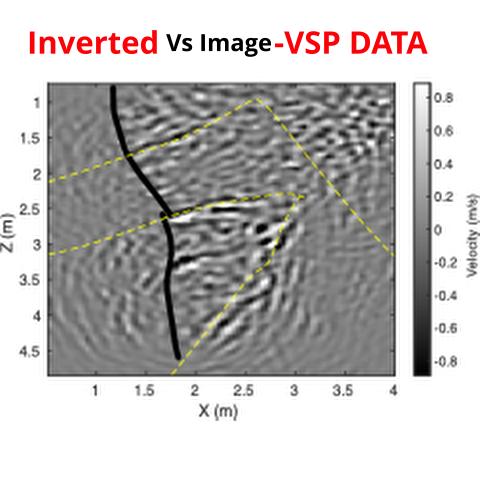
|
Zhaolun Liu, Jurgen Hoffmann, Frederik J. Simons and Jeroen Tromp Project Page IMAGE (SEG), 2021, (Oral Presentation) We demonstrate an application of isotropic elastic Full-Waveform Inversion (FWI) to a field data set of Vertical Seismic Profiles (VSP) from a structurally complex narrow anticline in Northern Iraq. Both RTM and LSRTM results show that the shear wave speed (Vs) image has a higher resolution than the compressional speed (Vp) image for the target structure, owing to the presence of interpretable P-to-S converted waves. The elastic LSRTM has improved the amplitude balancing and image resolution and mitigated some migration artifacts compared to elastic RTM. |
 
|
Zhaolun Liu, Kai Lu SEG Maximizing Asset Value through Artificial Intelligence and Machine Learning Workshop, 2018, (Oral Presentation) Geophysics, 2021 The seismic data with a relatively high signal-to-noise ratio are chosen for training to get the learned basis functions. Then we use all (or a subset) of the basis functions to attenuate the random or coherent noise in the seismic data. |
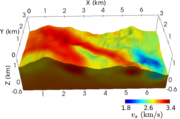 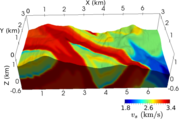
|
Zhaolun Liu CSIM Annual Report, 2019 SEG Annual Meeting, 2019, (Oral Presentation) SEG Post Convention Workshop, 2020, (Invited Talk) Geophyscis, 2020 Irregular topography can cause strong scattering and defocusing of propagating surface waves. Thus it is important to consider such effects when inverting surface waves for the shallow S-velocity structures. Here, we present a 3D surface-wave dispersion inversion method that takes into account the topographic effects modeled by a 3D spectral element solver. |
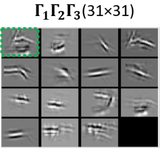 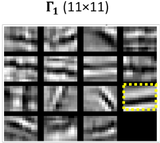
|
Zhaolun Liu, Yuqing Chen and Gerard Schuster First EAGE/SBGf Worskhop on Least Squares Migration, Rio de Janeiro, Brazil, 2018; EAGE Annual Meeting, 2019; SEG Annual Meeting, 2019 (Oral Presentation) Geophysics, 2020 We recast the multilayered sparse inversion problem as a multilayered neural network problem. Unlike standard least squares migration (LSM) which finds the optimal reflectivity image, neural network least squares migration (NNLSM) finds both the optimal reflectivity image and the quasi-migration-Green's functions. |
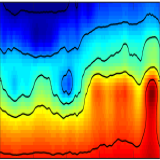 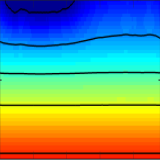
|
Zhaolun Liu and Lianjie Huang SEG Annual Meeting, 2018, (Oral Presentation) GJI, 2019 The multiscale and layer-stripping method can alleviate the local minimum problem of wave-equation dispersion inversion of Rayleigh waves. |
 
|
Zhaolun Liu, Jing Li, Sherif Hanafy, and Gerard Schuster SEG Annual Meeting, 2018, (Oral Presentation) Geophyscis, 2019 We extend the 2D wave-equation dispersion inversion (WD) method to 3D wave-equation inversion of surface waves for the shear-velocity distribution. |
 
|
Kai Lu, Zhaolun Liu, and Xiaodan Ge CSIM Annual Report, 2018 Geophyscis, 2020 we extend the application of SVI to far-offset reflections and diving waves by defining semi-stationary phases. Semi-stationary phases mean that the phase difference between adjacent traces in the common pair gather (CPG) are very small, so that stacking the semi-stationary traces with techniques of limiting the stacking zone and phase shift compensation also enhances the SNR. |
 
|
Zhaolun Liu, Abdullah AlTheyab, Sherif Hanafy, and Gerard Schuster SEG Annual Meeting, 2016, (Oral Presentation) Geophyscis, 2017 SEG_PPT, bibtex We have developed a methodology for detecting the pres- ence of near-surface heterogeneities by naturally migrating backscattered surface waves in controlled-source data. This natural migration method does not require knowledge of the near-surface phase-velocity distribution because it uses the recorded data to approximate the Green’s functions for migration. |
 
|
Lei Fu, Zhaolun Liu and Gerard Schuster Geophys. J. Int, 2017 We present the theory for near-field superresolution imaging with surface waves and time reverse mirrors (TRMs). |
 
|
Zhaolun Liu, Peng Song, Jinshan Li and Xiaobo Zhang Geophys. J. Int, 2015 PPT We have developed an implicit finite-difference scheme for the 2-D Helmholtz equation. |
|
Thank Jon Barron for the website template. |